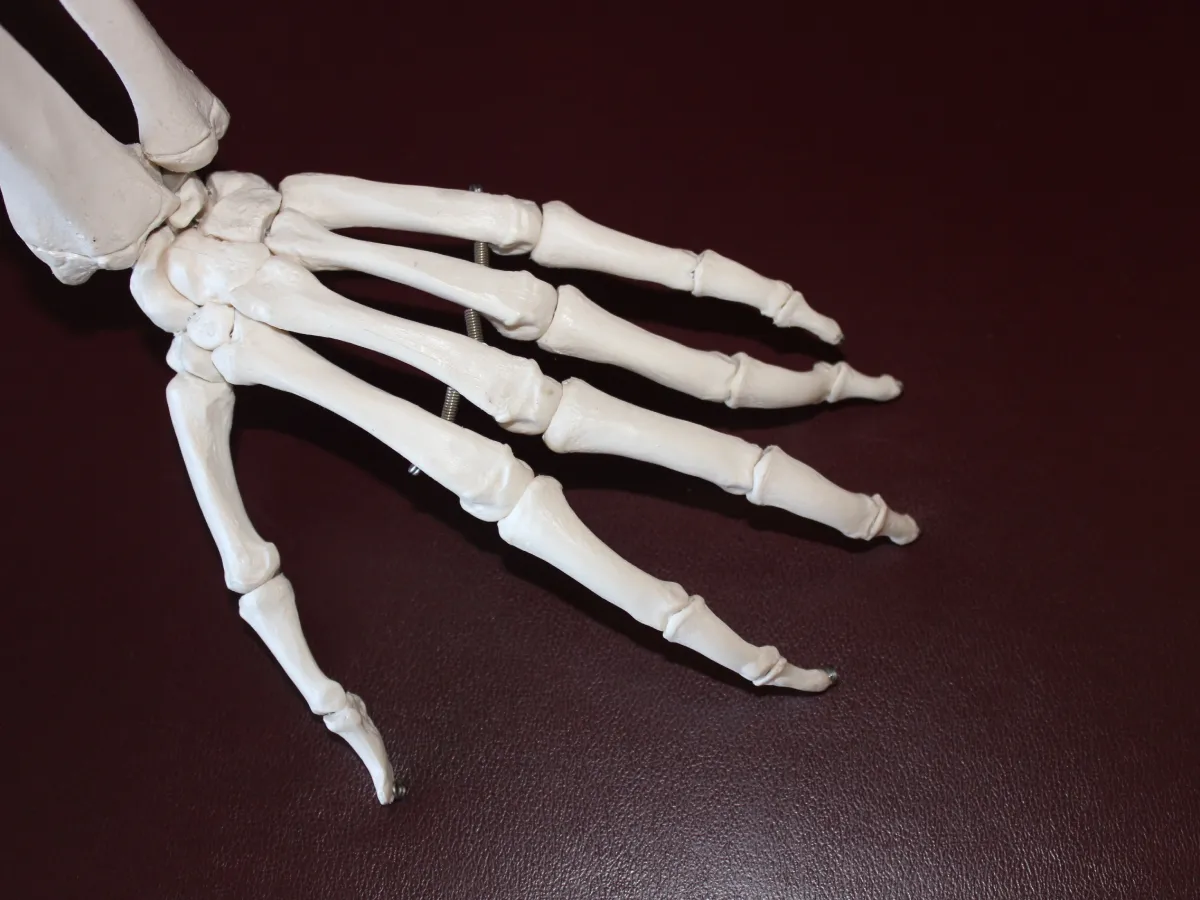1. Keep Moving with Low-Impact Exercises
One of the most important aspects of managing arthritis is to maintain movement and avoid prolonged inactivity, which can lead to joint stiffness and muscle weakness. Low-impact exercises, such as walking, swimming, cycling, and tai chi, are excellent for arthritis patients. These activities help increase circulation, strengthen muscles around the joints, and improve overall flexibility. Water-based exercises are especially beneficial, as water reduces the load on the joints while allowing for a full range of motion. Aim for at least 30 minutes of low-impact activity on most days, but always check with your physiotherapist before starting any new exercise.
2. Strengthen Supporting Muscles
Strong muscles around the joints can significantly reduce the strain on those joints and help in managing arthritis symptoms. Physiotherapists recommend targeted strength training exercises to build up muscles, especially in commonly affected areas like the knees, hips, and shoulders. For example, strengthening the quadriceps can alleviate pressure on knee joints, while strengthening shoulder muscles can support the upper body better.
Physiotherapists often use resistance bands or light weights to create a personalized strength-training plan that suits an individual’s needs and abilities. Practicing exercises like wall squats, seated leg raises, and resistance band arm raises under guidance can make a noticeable difference in pain levels and mobility.
3. Incorporate Range of Motion Exercises
Staying flexible is key to managing stiffness and maintaining joint mobility. Range of motion (ROM) exercises focus on gentle stretching and movement that improve joint flexibility, making daily activities easier and less painful. A few effective ROM exercises include gentle stretching of the wrists, fingers, ankles, and shoulders. Additionally, controlled joint rotations can help with arthritis symptoms in the wrists and elbows.
Simple exercises, such as rotating wrists, slowly lifting arms over the head, or stretching each finger, are often prescribed by physiotherapists. These can be done daily and incorporated into a morning or evening routine, helping to reduce morning stiffness and ease discomfort before bedtime.
4. Use Heat and Cold Therapy
Heat and cold therapy are non-invasive ways to manage arthritis pain. Applying heat can relax muscles, improve circulation, and reduce joint stiffness, making it particularly effective before exercises or stretches. Warm compresses, heating pads, or a warm shower are great options. Cold therapy, on the other hand, helps reduce inflammation and can numb sharp pain around the joints. Ice packs or cold compresses can be applied after exercises or during flare-ups.
Physiotherapists often recommend alternating between hot and cold treatments for maximum relief. For example, a warm towel around the knee before activity and an ice pack afterward can be a helpful routine. Remember to place a cloth between the skin and any hot or cold source to prevent burns or frostbite.
5. Practice Good Posture
Good posture can relieve stress on certain joints and improve balance, which is especially useful for arthritis patients who may have joint instability. Physiotherapists assess posture and teach exercises that improve alignment, balance, and core stability. They may advise small adjustments, such as standing with feet hip-width apart, holding shoulders back, and aligning the head with the spine. Additionally, ergonomic tools and supportive shoes can promote good posture and reduce strain on joints throughout the day.
6. Use Assistive Devices When Needed
Assistive devices, such as canes, braces, shoe inserts, or even ergonomic kitchen tools, can help reduce strain on arthritic joints. Physiotherapists can recommend specific devices based on an individual’s needs and teach patients how to use them effectively. For instance, wrist braces can help with hand arthritis, while canes provide stability and reduce load on the knees. These aids can help people with arthritis maintain independence and confidence in their daily activities.
7. Prioritize Rest and Recovery
While movement is essential, rest is equally important for people with arthritis. Overexertion can lead to increased pain and inflammation. Physiotherapists encourage patients to listen to their bodies and take breaks when needed, especially during flare-ups. Learning to recognize signs of fatigue, incorporating relaxation techniques, and prioritizing adequate sleep are also key components of a balanced arthritis management plan.

0 Comments